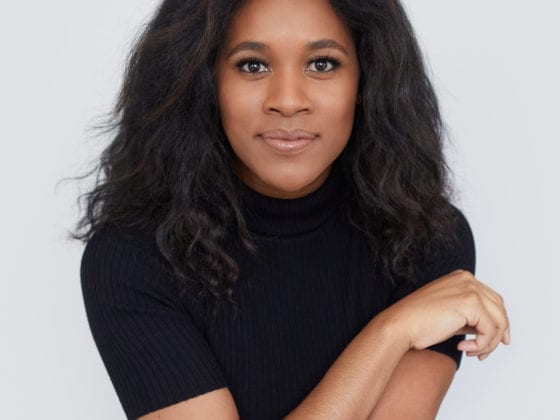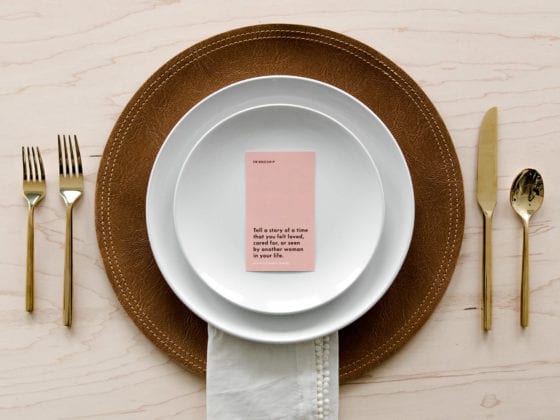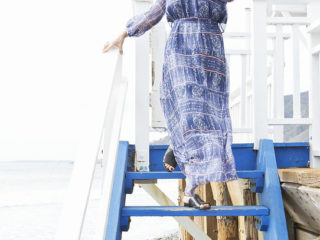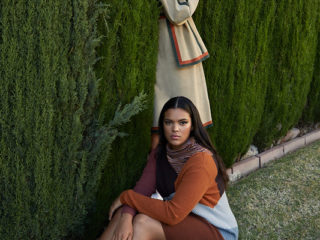There’s something about Christmas commercials that makes me sad. The movies can be hard too if it’s been a tough year or I’m feeling alone. The music, the lights and the parade of glossy Christmas cards stampeding through my mailbox doesn’t typically help either. However, the commercials are what get me. Thirty second snippets of a perfectly curated family dinner or a little blue box wrapped romantically under a tree could crush me if I let it.
For years, I thought I was alone in this phenomenon. I looked around at all the garland and glow—the tiny twinkle lights and the world aflame with festivities—and wondered why I felt so sad. What was wrong with me that Christmas cheer didn’t seem to cheer me up at all?
The “holiday blues” are as common as they are quiet. Many people feel them; few have the courage to say it out loud. We’ve been sold false expectations. We see these stripped-down versions of reality played out on screen—families without frustrations or love without sacrifice—and we begin to compare our much truer, much more beautiful lives to something that isn’t real.
The “holiday blues” are as common as they are quiet. Many people feel them; few have the courage to say it out loud.
What we’re left with is a twisted version of hope—hearts laden with cheapened expectations in a season otherwise marked by so much joy.
There’s a lot to lament about the commercialization of Christmas. We traded holiness for Hallmark and lost the point in the exchange. A day set aside to celebrate the birth of a child and the promise of hope for a weary world has morphed and metastasized into a day about stress, spending and receiving.
If we can step away from those distractions, if we can get space from the web of expectations that consumerism has spun, we’ll rediscover the true meaning of Christmas. Under the sobering light of the tree, we’ll see our real lives—the hope, heartache and everything in between—as the beautiful gifts that they are.
This year could be particularly painful if we let it. So many have experienced loss in 2020, and holiday gatherings may look different from what we’ve always known.
However, if we peel back the layers of our over-commercialized Christmas—if we sift through those empty expectations and see instead the simple beauty of our messy, unscripted lives—we can find so much to celebrate, even in a year as hard as this one.
We can find so much to celebrate, even in a year as hard as this one.
Our family may never be perfectly dressed and unanimously laughing. We may feel lonely or too aware of what we’ve lost; we may be separated from loved ones as the reality of this year continues to alter our plans.
However, as we reflect on the story of Christmas, not one of perfectly crafted décor and Hollywood promises but just the opposite—a long, difficult journey, a humble birth in a dusty barn—may we see the exceeding joy that prevailed in the midst of so much hardship and take note. The celebration transcended the circumstance; the shepherds ran in search of a king but found a manger on a dirt floor instead.
Yet still, they rejoiced. They held onto the hope of all that was to come and chose devotion over disappointment. This Christmas, let’s try to do the same.
How do you find hope after hardship? What helps you keep putting one foot in front of the other?
Image via Rus Anson, Darling Issue No. 10










